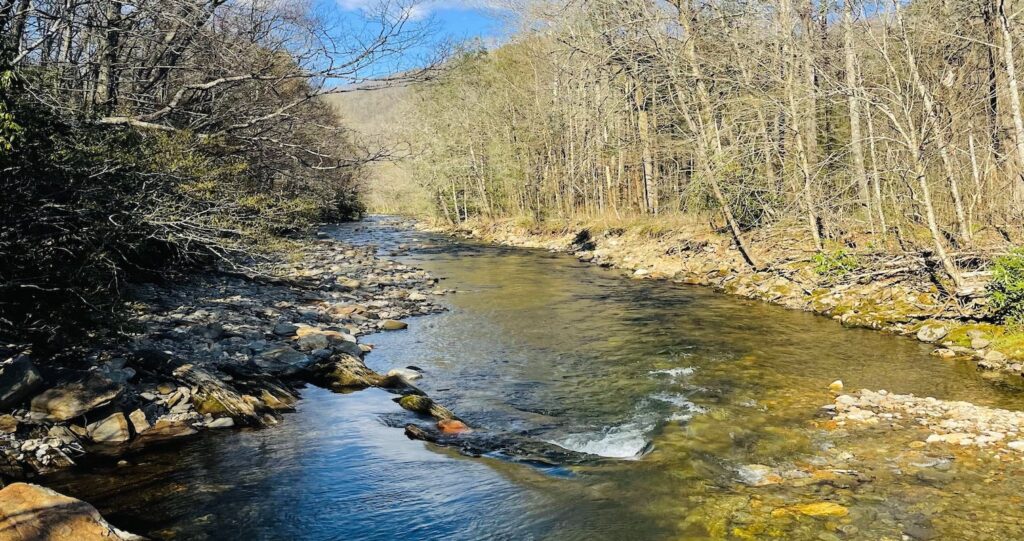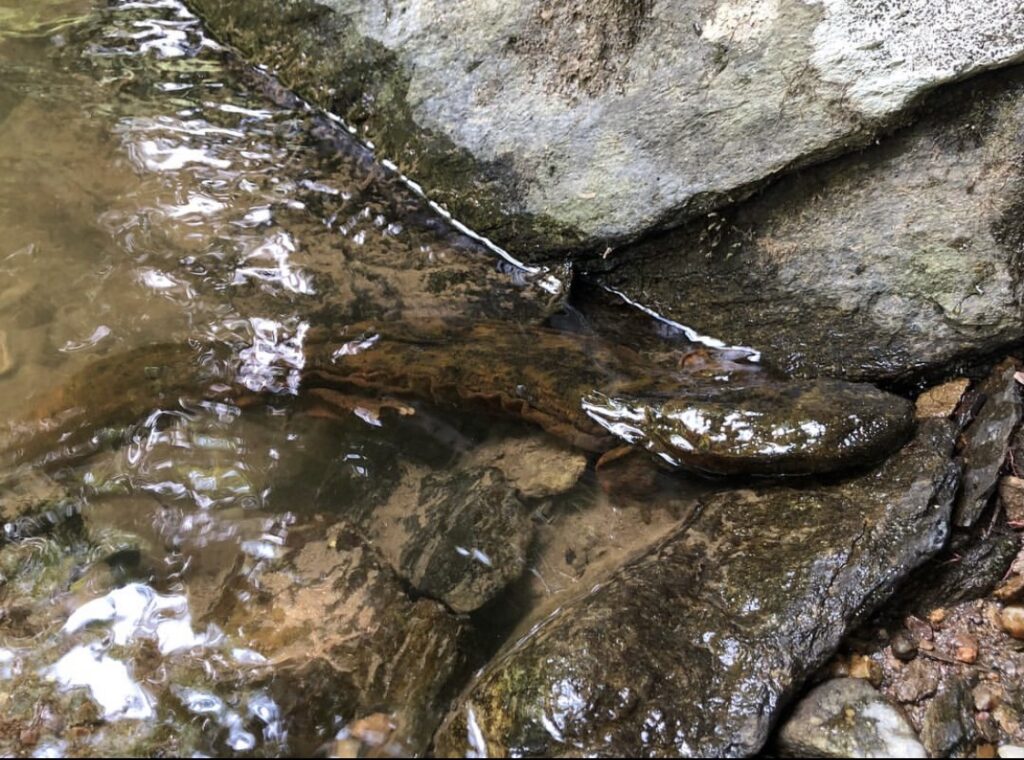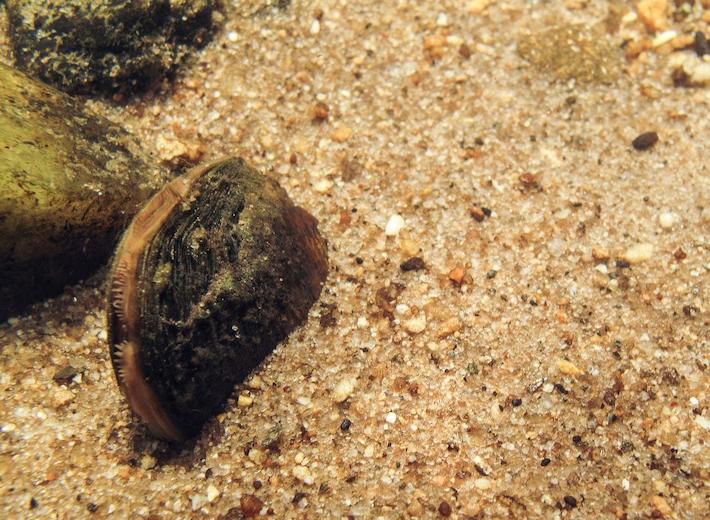
Species We Aim To Protect
Our watersheds we are working to protect serve as the homes for a wide variety of aquatic and terrestrial flora and fauna. Below are some of the most prolific species within these river systems that rely on the clean, pure waters of Southern Appalachia for their survival. It should be stressed that every single species, regardless of how big or small, plays an incredibly important role in the ecological health of a watershed. All of these species are threatened by excessive development, disturbances from visitors, and of course, trash/ plastic pollution.
Below is a list of species of mammals, aquatic insects, and fish that SAARPC is working towards to protect. With our mission we are continuously doing research and collecting data to better understand the impact that trash and pollution has on the the species list below.

Eastern American Hellbender (Conservation Status: Near Threatened)
This unique species of salamander is the largest found in North America reaching upwards of 29-30” in length, and can trace their genetic history back to the late cretaceous period when dinosaurs roamed the earth. Hellbenders were once common throughout much of the greater Mississippi River watershed. However, their range has been reduced drastically due to decreasing water quality across much of the Eastern United States. The mountains of Western North Carolina serve as one of the last refuges for thriving populations of the species. Hellbenders are an excellent indicator of water quality, seeing as they have a very low tolerance for pollution. They predominantly feed on insects/crayfish, and require cool free-flowing water for their survival.
Southern Appalachian Brook Trout (Speckled Trout) (Conservation Status: Species of Concern)
There are very few fish species that embody a sense of place more than the Southern Appalachian Brook Trout, or “Speck” as we call them in the Southern Appalachaians. What’s more interesting is that this species, while being a sub-species of the eastern brook trout, is not actually a trout at all genetically speaking. Specks are subspecies of arctic char that survived in the mountains long after the last ice age some 10,000 years ago. These relics of an ancient ecological past rely on exceptionally cold, clean water for their survival. Unfortunately, their populations in the Southern Appalachians have been in varying degrees of decline due to pollution, sediment runoff from ridgeline development, deforestation (past and present), overfishing, acid rain, and habitat encroachment of non-native rainbow and brown trout.

Appalachian Elktoe Mussel (Conservation Status: Critically Endangered)
Appalachian Elktoe Mussels are one of the more well known endangered species found within our watersheds. These rare freshwater mussels filter feed to obtain food, eating zooplankton, phytoplankton, and bacteria found in the water. These mussels have formed a symbiotic relationship with certain fish species for their reproduction, as their larvae have to use the fish’s gills for their survival during their reproductive process. Because they are filter feeders and relatively small (growing to a total of 4 inches on average); it makes Appalachian Elktoe mussels particularly susceptible to the buildup of toxic pollutants from runoff and ingestion of microplastics. Their populations are scattered throughout the Little Tennessee, French Broad, and Nolichucky River watersheds. According to the U.S Fish and Wildlife Service: Appalachian Elktoe populations have just recently been rediscovered in the main stem of the French Broad River after an 100 year absence.

Bald Eagles (Conservation Status: Least Concern)
Bald Eagles are considered one of the best examples of how a species can recover from the threat of extinction. Once rare throughout most of their native range: populations of bald eagles can be found all throughout the United States and particularly within large river systems/ reservoirs throughout Western North Carolina.
